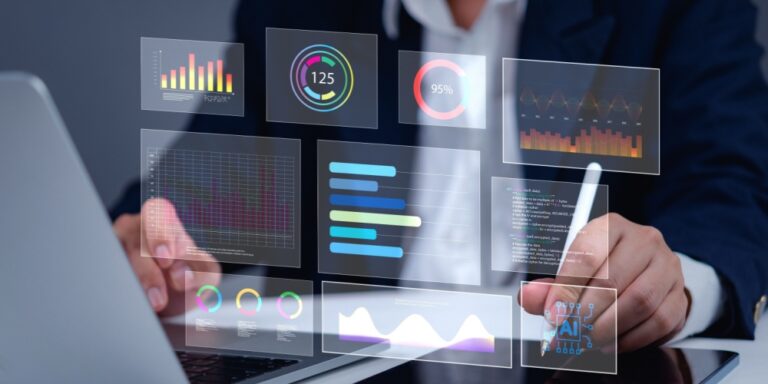If 2021 was about recovery, (we hope) 2022 will be about continued reimagining. The COVID-19 pandemic forced businesses to rethink how they approached large parts of their operations. The digital transformation sped up and automation became more commonplace. In 2021, industry emerged from the lowest parts of the pandemic and in 2022 the changes that were initially thought to be temporary, will become permanent.
For accounts receivable and the payments industry, this means greater leveraging of technology and embracing the advantages third-party platforms present. We’ll discuss where we see A/R heading in 2022 and how these trends will impact your business.
Surging Adoption of Automation for Increased Efficiency
Leveraging automation to reduce the burden of manual tasks has become commonplace in modern workplaces. This will continue in 2022 with more options arising to reduce the burden of the invoice-to-cash process on A/R departments. Onboarding will become easier, billings will be optimized through better intelligence, and fraud detection will be stronger as existing products improve and new players enter the industry.
The Hybrid Work Environment becomes the Norm
At the bare minimum, the amount of in-office work will reduce significantly moving forward. For some companies, remote work will be permanent. For the majority, a hybrid schedule will be the new standard. This means a workforce that needs to be up-to-date technologically, both in tools and in skills.
This continued transition will continue throughout 2022 (and possibly beyond). Organizations that are proactive in this new reality will be able to better harness the change instead of swimming against the current.
Advancements in Cybersecurity
Hackers and bad actors are becoming more prevalent and more sophisticated. Reports of data breaches or ransomware are coming with increasing regularity. Business must be proactive in developing networks and systems that are equally secure. That’s easier said than done, of course.
Financial systems like A/R applications make for natural targets. CIOs and CISOs understand that they must meet the strictest security standards. This means that payment platforms must be well protected:
- Meet PCI-DSS security standards for handling payments
- Be certified for SOC 2 for security, confidentiality, and privacy
- All communication should be encrypted over https
- Two-factor authentication should be enabled
- Passwords should be stored in secure databases
- If your business is in healthcare, all applications must be in compliance with HIPAA
Further integration of features like Zero Trust will continue throughout 2022 to better protect systems and networks.
Better Forecasting Solutions
Data has never been more powerful. For A/R, information gleaned from the invoicing and payment processes offer unique insights into customers and opportunities to better serve them.
Moving beyond a surface-level understanding of the invoice-to-cash lifecycle can have a significant impact on the bottom line. Accurate forecasting on cash flow and when payments are received can better guide capital improvements. Complex organizations with multiple subsidiaries or departments can better understand the macro and micro performance of each.
This means better information leading to better decisions.
The Future of Accounts Receivable Is Here
Including A/R functions in your digital transformation is vital to getting the most out of your operations. By using a dedicated platform like Invoiced, you’re giving your team the tools they need to maximize efficiency in the payments process, understand your customers, and improve cash flow.


